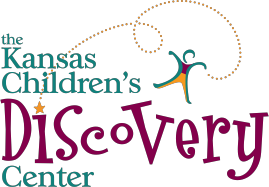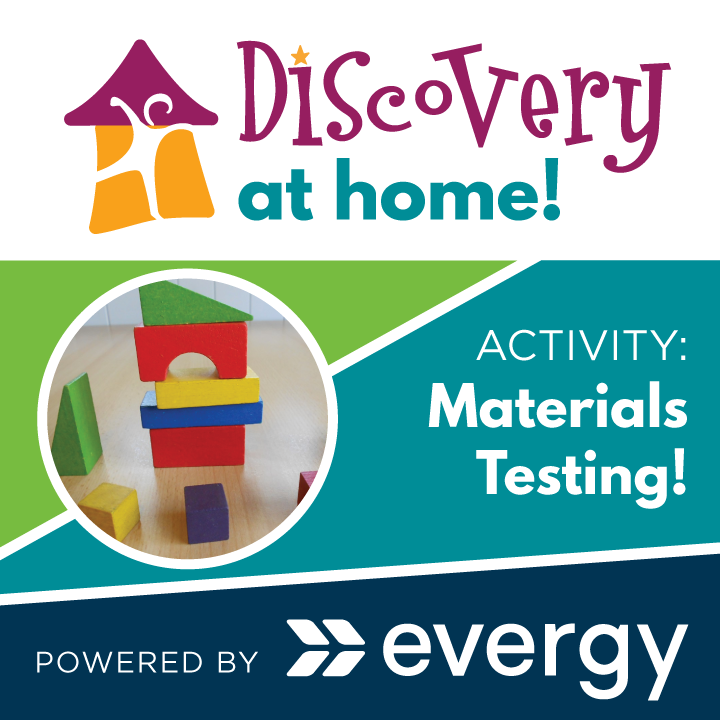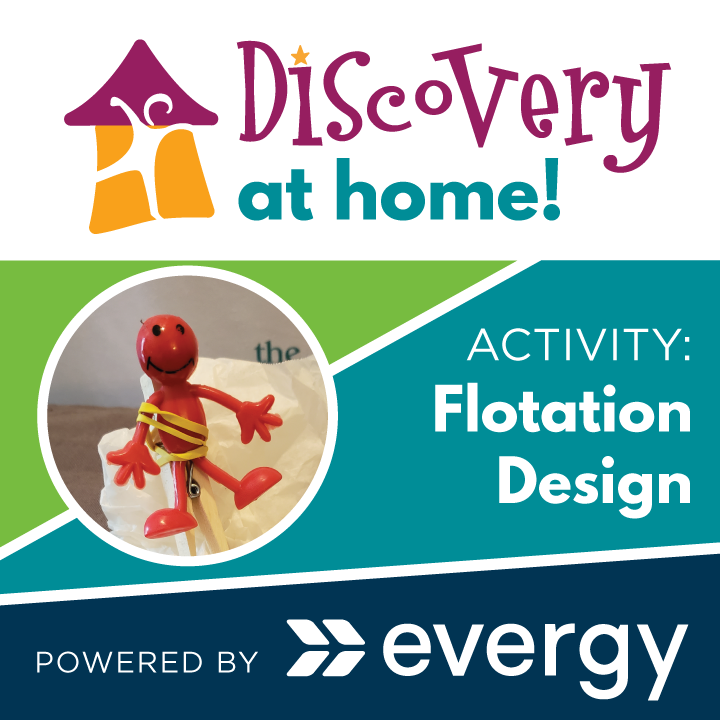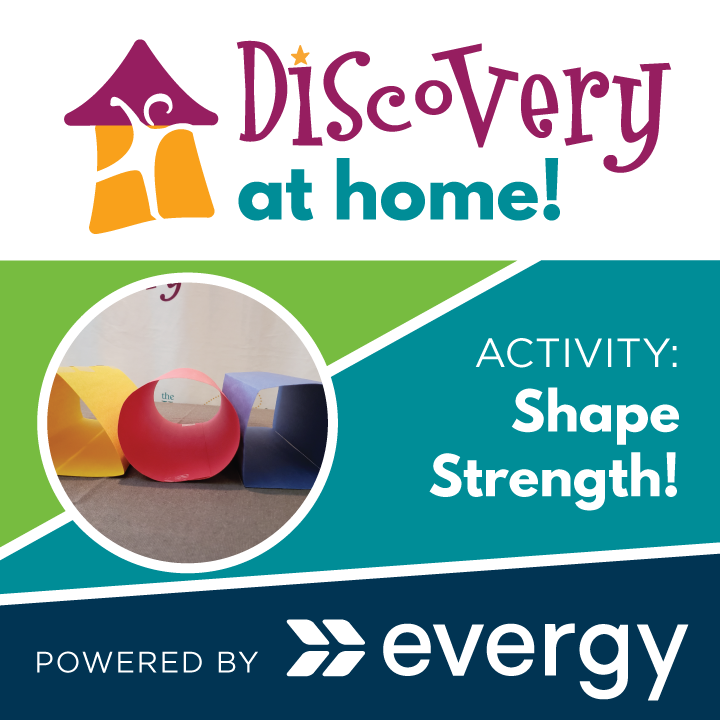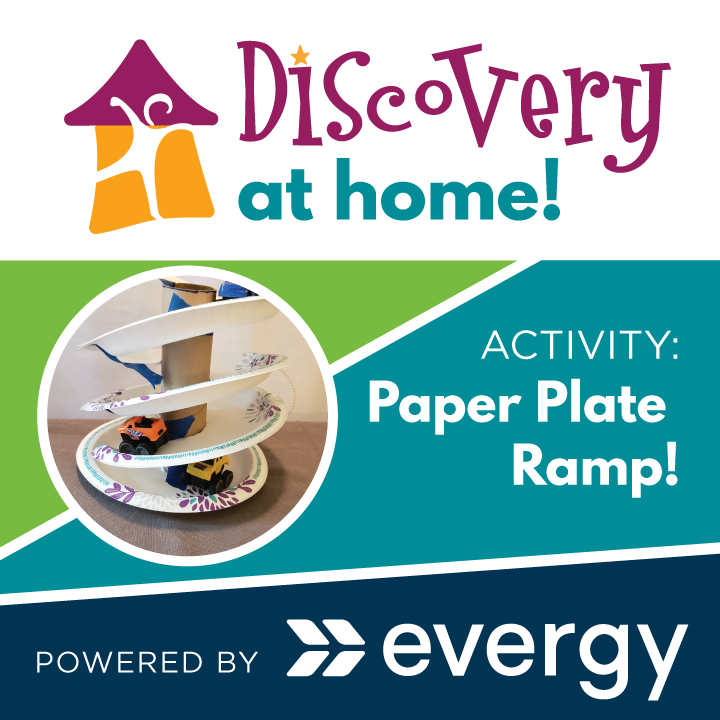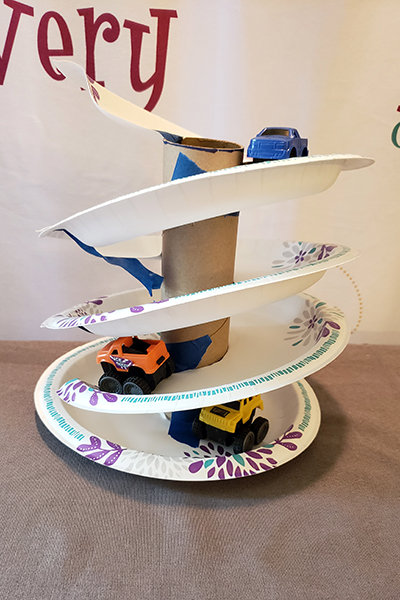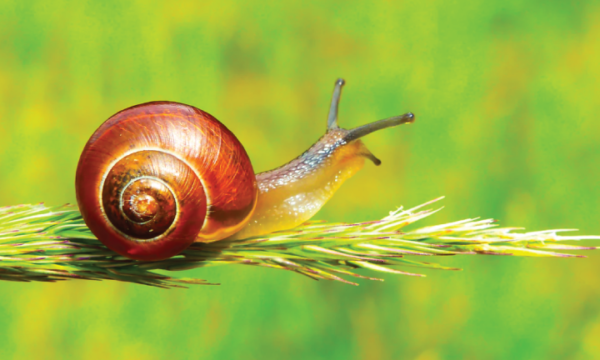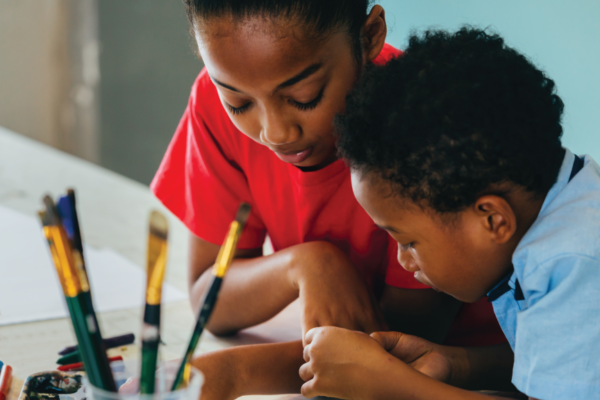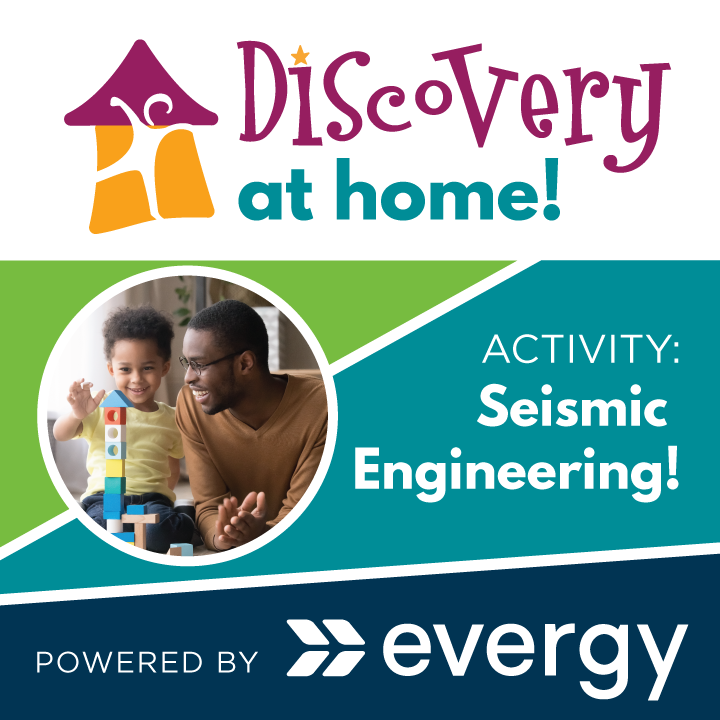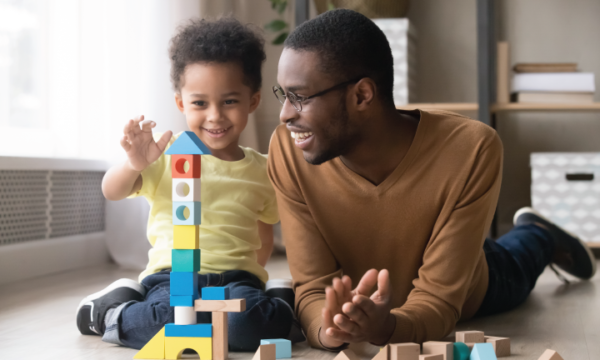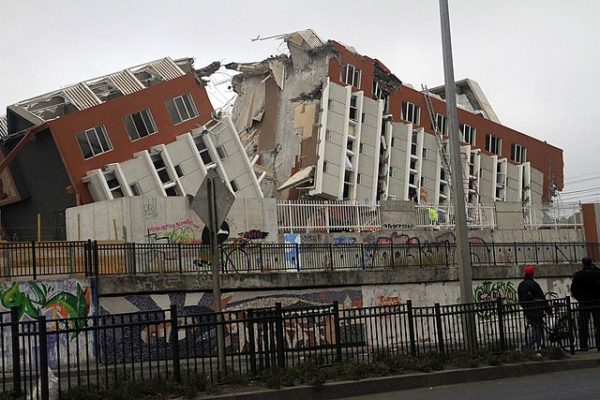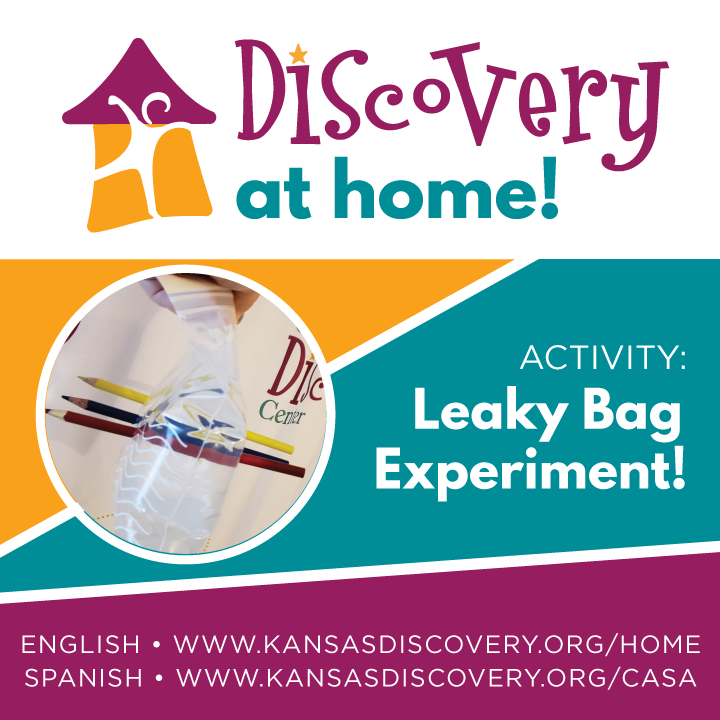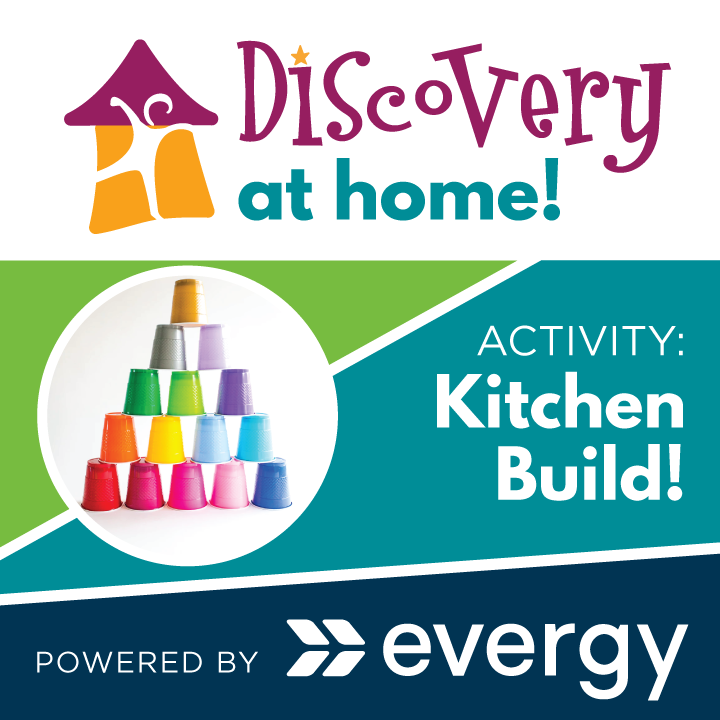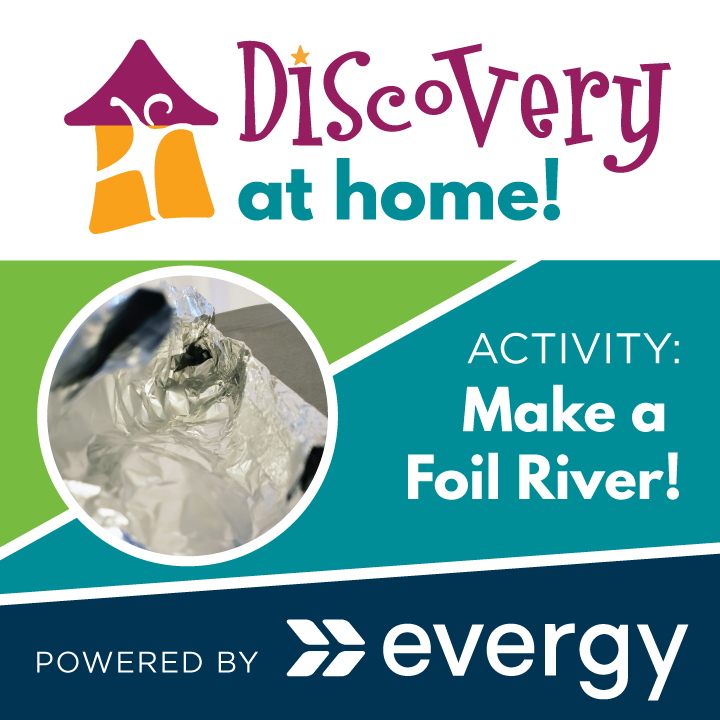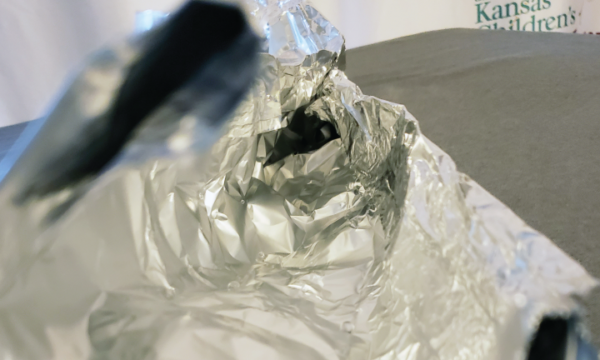What you need:
- Recycled items.
- Plastic cups and other items from the kitchen.
- Fan.
- Toy or item to use as a weight.
- Optional: the Three Little Pigs story.
Directions:
- Create multiple structures that support the toy/weighted item.
- Make sure there is a space at the top of the structure for the toy/weighted item to rest.
- Point the fan at the structure and see if the structure you built remained standing.
- Adjust your structure to create a more solid foundation and stronger structure.
- Test the structure with the fan again.
- Make sure the distance between structure and the fan is the same as the first test.
- Continue adjusting and testing until you find the sturdiest structure possible for your toy/weight item.
Ways to expand:
- Read the story The Three Little Pigs and talk about what materials each pig used and how they withstood the wind from the big bad wolf. Then, compare your structure to each structure in the story.
- Build a structure that is as tall as you. Does the structure become more or less sturdy as it becomes taller?
What kids learn:
- They experiment! When kids experiment, they're learning how to learn. Failure is an important part of experimenting, so let kids try things that won’t work. It’s how they figure things out!
- Basic engineering skills. Engineers solve problems with constraints, in this case, limited materials and space. They learn to solve problems by using the engineering design process: asking questions, coming up with solutions, building, testing and improving.
- Symbolic thinking, or the ability to think about one thing representing something else. When small children begin to connect different materials that make up a structure with real life structures, they start building the connections in the brain that allow for reading and learning later.
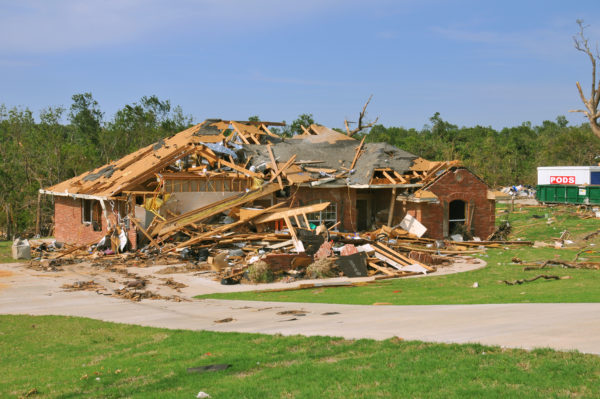
Vocabulary:
- Wind engineering. A type engineering that combines elements of mechanical engineering, structural engineering, meteorology, and physics to study the effects of wind. Air engineers help people design structures that can better withstand tornadoes, hurricanes and other strong wind events.
- Constraint. A limitation or restriction. Materials, time and space are common constraints. Real engineers have to work around constraints all the time!
- Foundation: Support or base upon which something rests. Think about the human body. If someone’s feet create the foundation of their body, then if their feet are spread apart they have a strong foundation and will less likely fall over. However, if their feet are close together their foundation is not as strong and cannot support the top part of the body as easily.
